How to Prepare for an Autism Diagnosis?
Learn how to prepare for an autism diagnosis with essential steps and support for your child and family.

Understanding Autism Diagnosis
Understanding the autism diagnosis process is essential for parents preparing for this significant step in their child's development. This section highlights the diagnostic tools utilized for Autism Spectrum Disorder (ASD) and the criteria established by the DSM-5 for diagnosis.
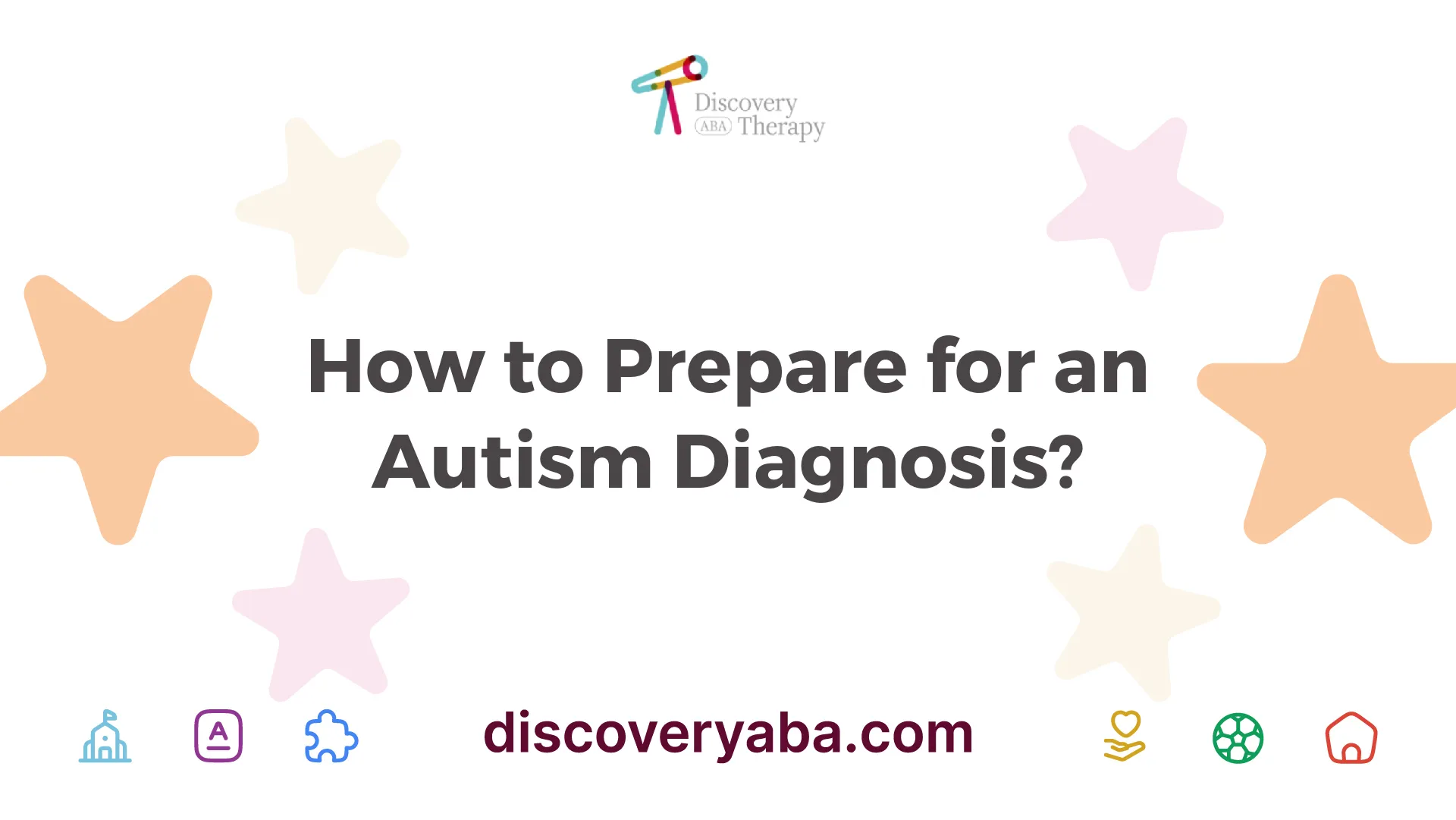
Diagnostic Tools for ASD
Diagnostic tools for assessing Autism Spectrum Disorder in children rely heavily on detailed descriptions from parents or caregivers regarding the child's development, combined with professional observations of the child's behavior. Various specialists may be involved for a thorough assessment, including neurodevelopmental pediatricians, developmental-behavioral pediatricians, child neurologists, and geneticists.
The primary assessment tool commonly used for diagnosing autism in children is the Autism Diagnostic Observation Schedule, Second Edition (ADOS-2). Considered the gold standard for clinical diagnosis, ADOS-2 is designed to evaluate communication, social interaction, and imaginative play, making it an invaluable part of the diagnostic process.
Diagnostic ToolDescriptionUsageADOS-2A structured assessment tool observing social and communication behaviors.Widely used in clinical settings for diagnosis.Parent InterviewDiscussion to gather developmental history and concerns.Helps to understand child’s social skills and behaviors.Behavioral ObservationProfessionals observe child’s interactions in various settings.Aids in assessing real-time behaviors.
DSM-5 Criteria for Diagnosis
The American Psychiatric Association's Diagnostic and Statistical Manual, Fifth Edition (DSM-5) outlines standardized criteria used to diagnose Autism Spectrum Disorder. Key characteristics include:
DSM-5 CriteriaExamplesSocial Communication DeficitsDifficulty in initiating conversations or responding, lack of joint attention.Restricted Repetitive BehaviorsRepetitive movements or speech, intense fixation on specific topics.Early DevelopmentSymptoms recognized before age 3, impacting various aspects of development.
By comprehensively understanding these diagnostic tools and the criteria outlined in the DSM-5, parents can better prepare for their child's diagnostic process. It is essential to gather relevant documentation and observations prior to the appointment to facilitate thorough evaluations and discussions with the professionals involved in the assessment. For more information on preparing for an autism diagnosis, parents can refer to the resources available on how to prepare for an autism diagnosis?.

Steps Prior to Diagnosis
Preparing for an autism evaluation involves several important steps that can assist parents in providing necessary information to professionals. This preparation helps ensure that the diagnostic process is as thorough and accurate as possible.
Monitoring Child's Development
Monitoring the child's behavior and developmental milestones is crucial when considering an autism evaluation. Parents should remain attentive to common signs of autism at any age. Early diagnosis is essential to ensure children receive the services and support they need. Key developmental areas to observe include:
Developmental AreaTypical MilestonesSocial SkillsEngaging in play, understanding social cuesCommunicationUsing words, forming sentences, expressing needsBehavioral PatternsRepetitive actions, routines, reactions to sensory experiences
By documenting observations and any concerns regarding the child’s development, parents can provide invaluable information to the child's physician. Sharing detailed observations can significantly aid in the evaluation process.
Gathering Necessary Records
Prior to the autism evaluation appointment, parents should gather all relevant records and documents that could assist in the diagnostic assessment. Essential records might include:
Completing an intake form, reviewing records, and noting any significant observations can help ensure the diagnostic team receives a comprehensive view of the child's history. After collecting these materials, parents should be prepared to discuss their findings during the evaluation.
By taking these steps to monitor developments and gather necessary records, parents will be better equipped to assist with the diagnostic process. The insights they provide will contribute to a more accurate assessment and ultimately lead to better support and interventions for their child.
The Diagnostic Process
The diagnostic process for autism spectrum disorder (ASD) involves a comprehensive evaluation that takes into account various factors. It typically includes a multidisciplinary approach and utilizes standardized assessment tools.
Multidisciplinary Evaluation
A multidisciplinary evaluation is essential for diagnosing autism. This process involves a team of professionals, which may include psychologists, speech-language pathologists, occupational therapists, and pediatricians. Each team member brings their expertise to assess the child's development, behavior, and communication skills comprehensively.
The collaborative nature of this evaluation ensures that various aspects of the child’s experience are considered, leading to a more accurate diagnosis. Early identification is crucial, as research indicates that the diagnosis of autism can be reliably made in the second year of life, and early diagnoses tend to remain stable as the child develops.
Commonly Used Assessment Tools
Several standardized tools are employed to assess autism symptoms and behaviors. These tools help clinicians gather data and identify the presence and severity of ASD traits.
Assessment ToolDescriptionAutism Diagnostic Observation Schedule, Second Edition (ADOS-2)Considered the gold standard for diagnosing autism, it involves structured and semi-structured tasks to assess the child's communication, social interaction, and play. (Autism Learning Partners)Childhood Autism Rating Scale (CARS)A behavior rating scale that evaluates 15 items related to social interactions, communication, and repetitive behaviors, aiding in the assessment of autism severity. (Empower Behavioral Health)Developmental HistoryInformation collected from parents about the child’s developmental milestones, social skills, and behavioral patterns to provide context to the assessment.
These assessment tools are vital in forming a comprehensive understanding of the child's strengths and challenges. The results will guide the development of tailored intervention and support plans, setting a foundation for further therapeutic approaches, such as ABA therapy techniques for nonverbal autism or how to manage autism sensory issues?.
By utilizing a systematic approach involving both multidisciplinary evaluations and standardized assessments, parents can navigate the complexities of the diagnostic process and better prepare for the next steps in supporting their child's needs.
Post-Diagnosis Support
Navigating life after receiving an autism diagnosis can be challenging for parents. It is essential for them to prioritize self-care and engage with the autism community for support and empowerment.
Self-Care for Parents
Taking care of oneself is crucial when altering the course of a child's life with autism. Parents often become so focused on meeting their child's needs that they neglect their own emotional and physical well-being. Evaluating personal needs and coping strategies is vital for managing stress levels.
Here are some methods that parents can implement:
Self-Care StrategiesDescriptionEvaluate StrengthsParents should identify their own coping skills and emotional resources, helping them handle challenges more effectively.Time for ReflectionAllowing time to relax and contemplate can help clear the mind and reduce stress.JournalingKeeping a journal aids in tracking the child's progress and provides a space to express feelings and thoughts related to the experience of autism. Writing about significant events contributes to improved emotional and physical health.Seek SupportIt is essential for parents to ask for help, whether practical assistance or emotional support. Utilizing available support systems can provide relief amid the challenges of parenting a child with autism.
Involvement in the Autism Community
Getting involved in the autism community offers numerous benefits for parents. Establishing connections with other families and engaging with advocacy groups fosters a sense of belonging and provides valuable resources and insights.
Participating in community events, support groups, or online forums can facilitate friendships with other parents who share similar experiences. This connection helps reduce feelings of isolation and empowers parents to be proactive in advocating for their child's needs [4].
Involvement in the autism community can provide access to educational resources, workshops, and information about effective interventions such as ABA therapy techniques for nonverbal autism or autism sensory activities for home. This support network can significantly enhance a family’s capacity to manage the diagnosis and treatment process.
By prioritizing self-care and engaging with the autism community, parents can build resilience and create a more supportive environment for themselves and their children. They should remember that taking steps for their well-being ultimately benefits the entire family.
Family and Friends Support
Support from family and friends can significantly affect the well-being of parents navigating the complexities of an autism diagnosis. Building a network of understanding and assistance can facilitate both emotional and practical support.
Role of Extended Family
Extended family members, particularly grandparents, play a vital role in supporting both parents and their autistic children. Developing strong relationships with grandparents can enhance a child's sense of belonging and aid in self-identity [5]. Their involvement can provide additional emotional resources and a broader support network.
In instances where grandparents express concerns about their grandchild's autism diagnosis, encouraging them to engage with the child's healthcare professionals can deepen their understanding of autism. Attending therapy sessions together allows them to learn how to support their grandchild effectively [5].
Extended family may react differently to the news of an autism diagnosis. Some may be immediately supportive, while others might need time to comprehend how they can contribute to the family's needs. It is beneficial for parents to communicate openly about their family's needs and how others can help.
Open Communication and Advocacy
Establishing open and constructive dialogue with family and friends is essential. This communication can be particularly valuable when these individuals find it challenging to respond productively to the autism diagnosis. Honest discussions can foster understanding and support.
Parents should advocate for their child's needs within their family network. This includes sharing information about autism, explaining behaviors, and detailing specific ways in which family members can provide support. For example, family can assist with daily tasks or offer emotional support to make the journey more manageable.
Encouraging family members to participate in autism-specific training or workshops can also enhance their knowledge and ability to support the family. Creating an environment where all family members feel empowered to ask questions and voice concerns fosters a cooperative atmosphere that benefits the entire family.
By leveraging the support from family and friends, parents can ease the stress associated with an autism diagnosis, promoting healthier dynamics and encouraging collaborative strategies for managing challenges.
Early Intervention and Treatment
Importance of Early Diagnosis
Early diagnosis of Autism Spectrum Disorders (ASD) is crucial for effective intervention. Recent research indicates that ASD can be reliably diagnosed as early as the second year of life, with children typically retaining their diagnosis as they transition into preschool age. The American Academy of Pediatrics emphasizes the need for all children to be screened for ASD at 18 and 24 months. Early detection allows for targeted interventions, which can have a profound impact on a child's development.
Age for ScreeningRecommended Actions18 MonthsInitial screening for ASD24 MonthsFollow-up screening for those at risk
Moreover, early intervention before the age of 3 has shown significant positive effects on children with ASD. Identifying developmental delays at this stage can guide parents and healthcare providers in planning timely therapeutic measures, thereby fostering better developmental outcomes.
Impact of Early Intervention Programs
Early intervention programs are designed to enhance skills and behaviors associated with ASD. These programs, which may include behavioral therapy, speech therapy, and social skills training, have demonstrable benefits in improving language, behavior, and overall developmental skills in affected individuals.
Studies indicate that children who undergo early intervention can show marked improvements, although they may not outgrow their symptoms. With appropriate strategies, they can learn to navigate various challenges and function effectively in daily situations.
Area of ImpactDescriptionBehaviorReduction in problematic behaviors and enhancement of adaptive behaviorsSkills DevelopmentImprovement in cognitive, language, and social skillsLong-term OutcomesBetter academic performance and social integration
Screening tools, such as the MCHAT and its revised versions, are instrumental in identifying children at risk for ASD, facilitating timely referrals for further evaluation. Parents are encouraged to remain proactive in monitoring their child's development and discussing any concerns with their healthcare provider.
For additional resources on managing and supporting children with autism, consider exploring topics such as how to create a safe space for autism and how to encourage independence in autism?.
References
[2]:
[3]:
[4]:
[5]:
[6]:
[7]:
Does Your Child Have An Autism Diagnosis?
Learn More About How ABA Therapy Can Help
Find More Articles
Contact us
North Carolina, Tennessee, Nevada, New Jersey, Utah, Virginia
New Hampshire, Maine
Massachusetts, Indiana, Arizona, Georgia
.avif)






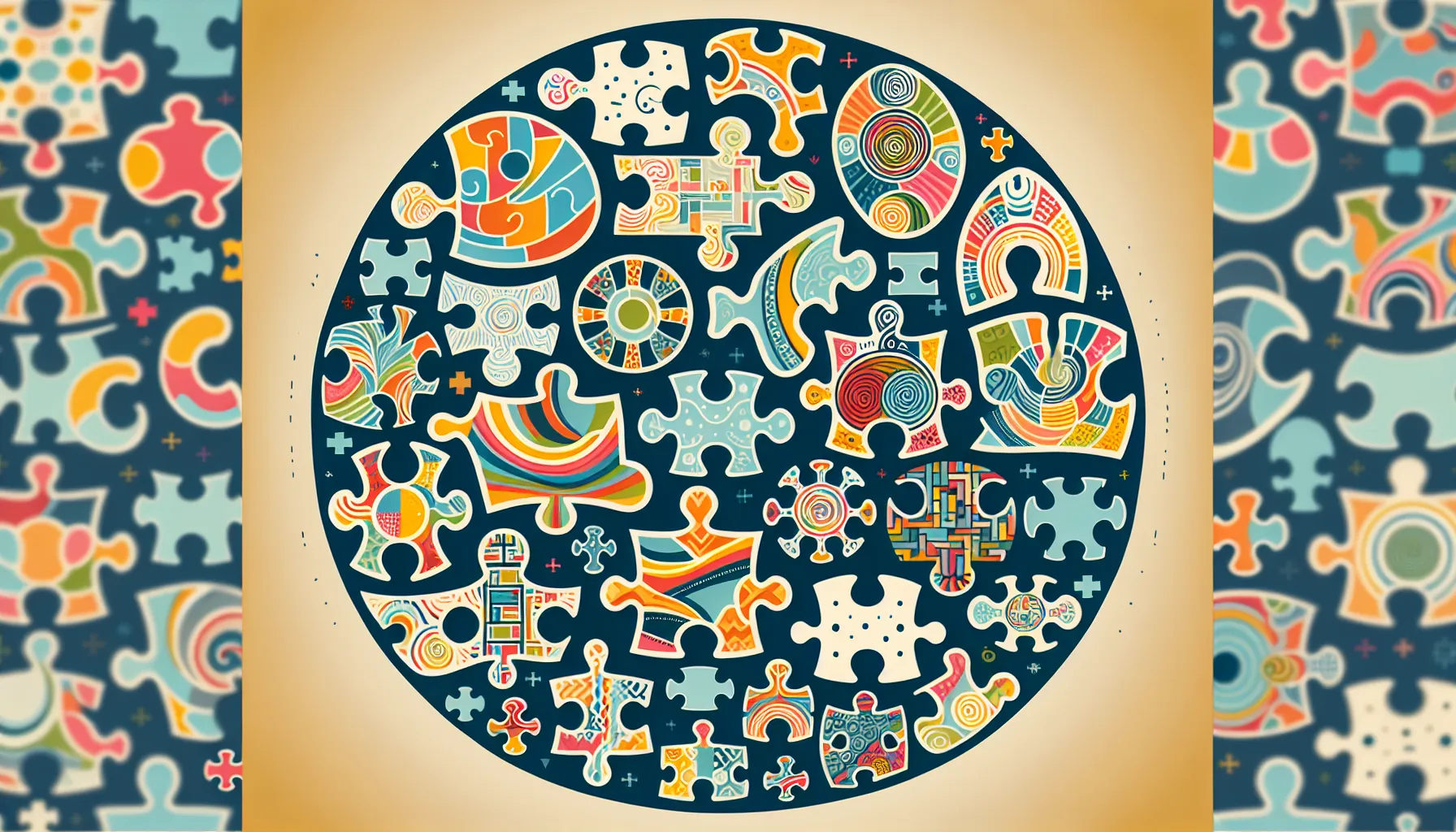


.jpeg)






.jpeg)
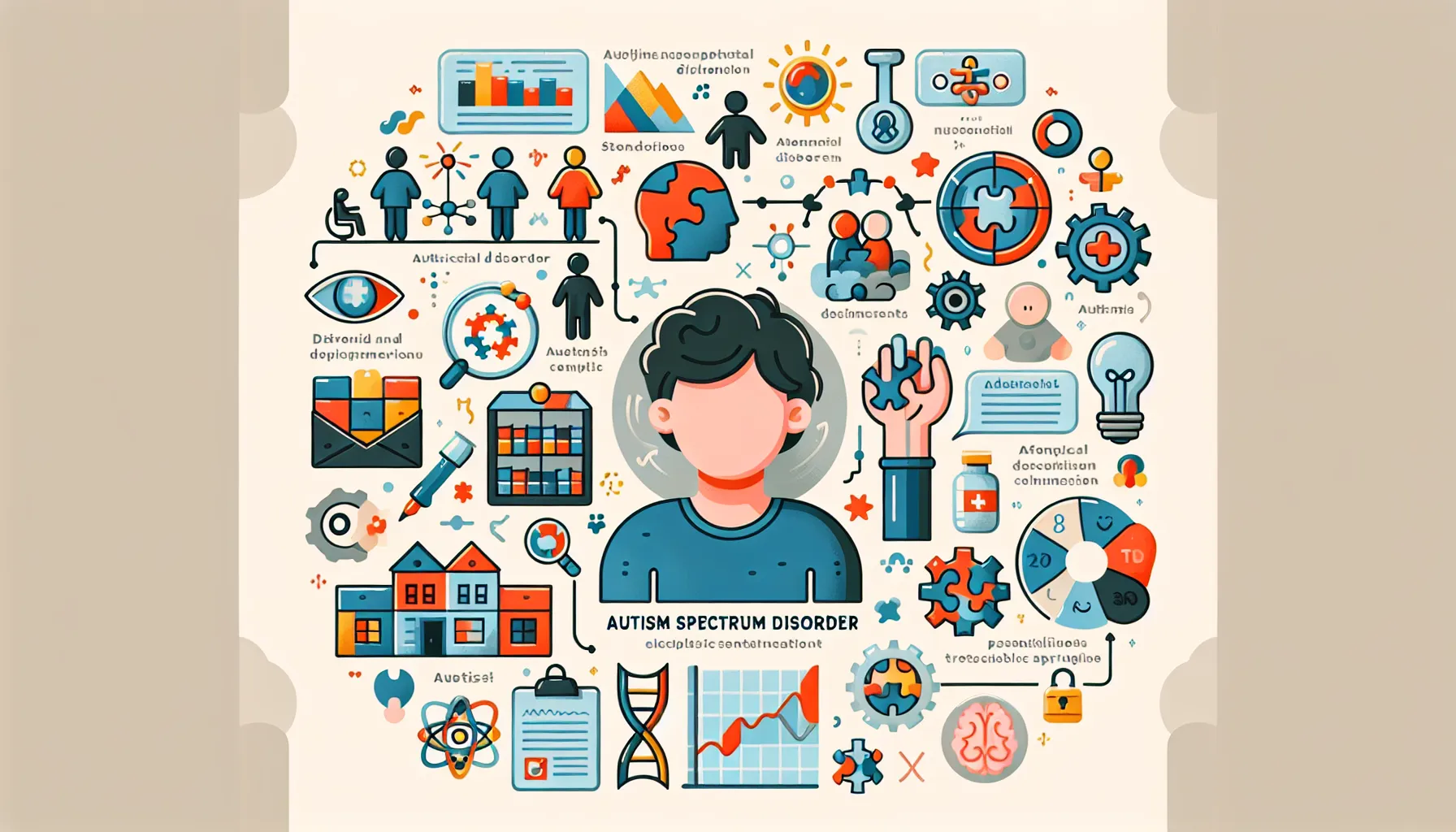


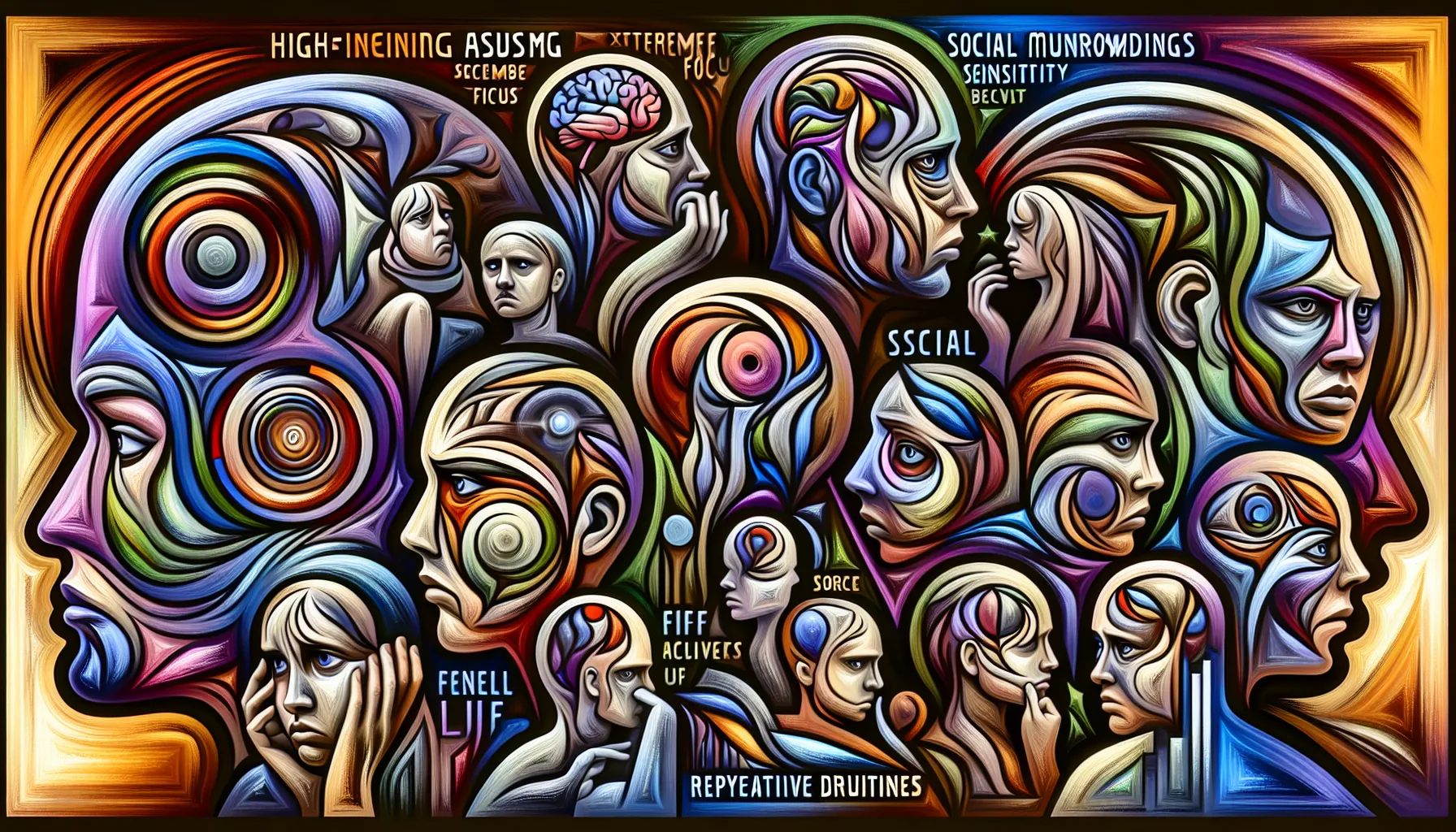

.jpeg)




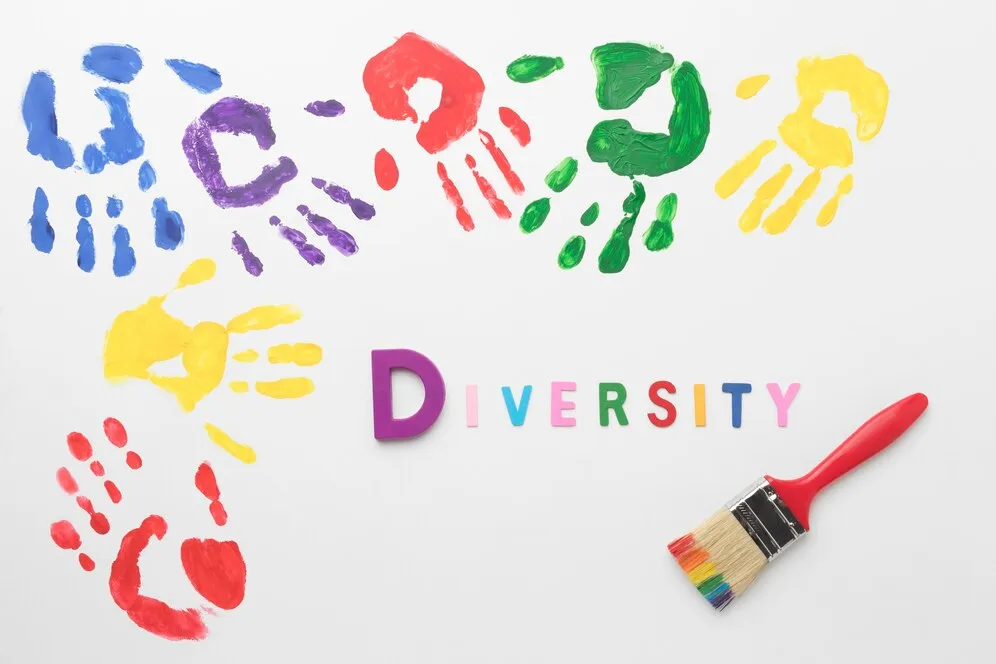



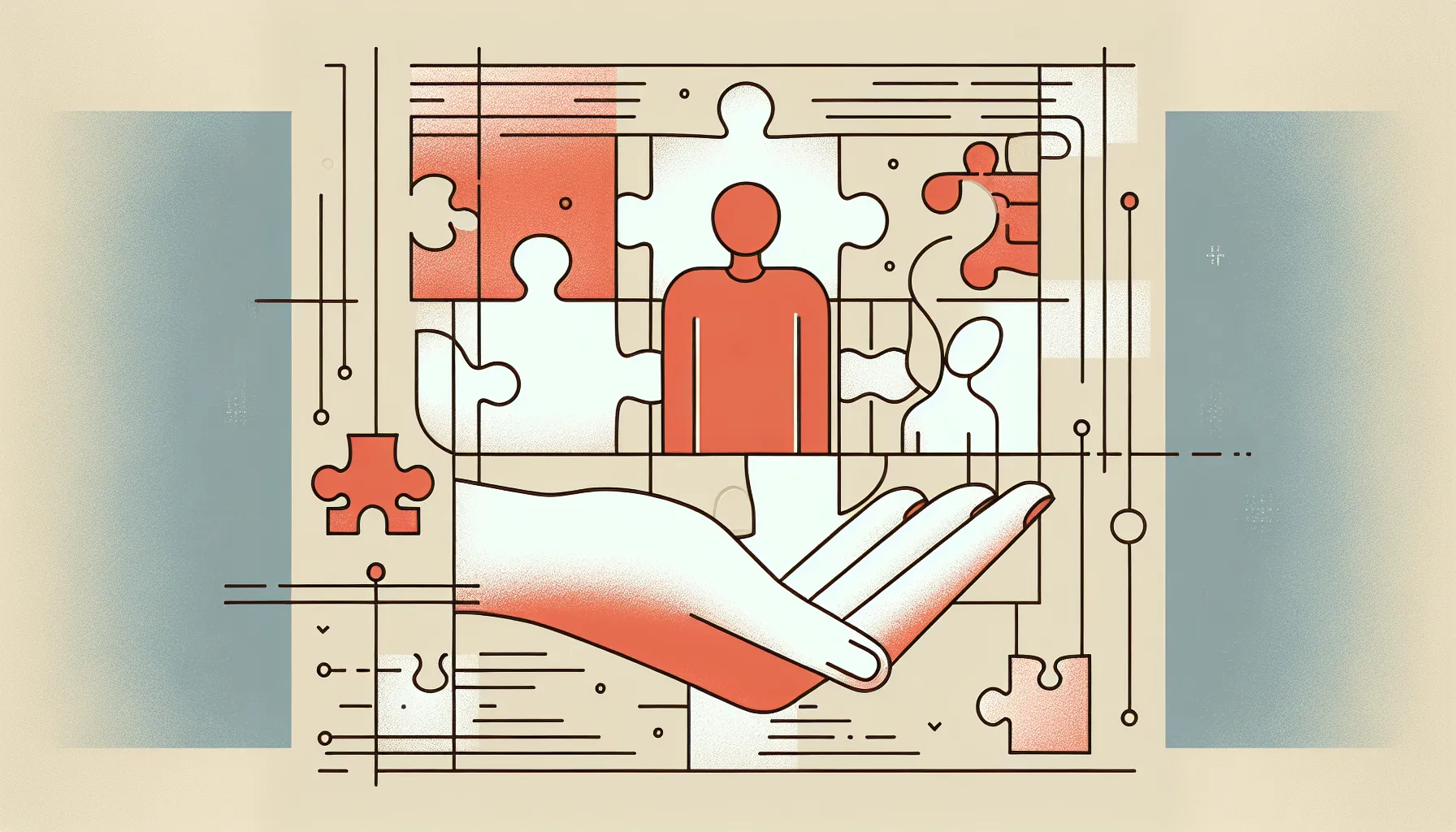


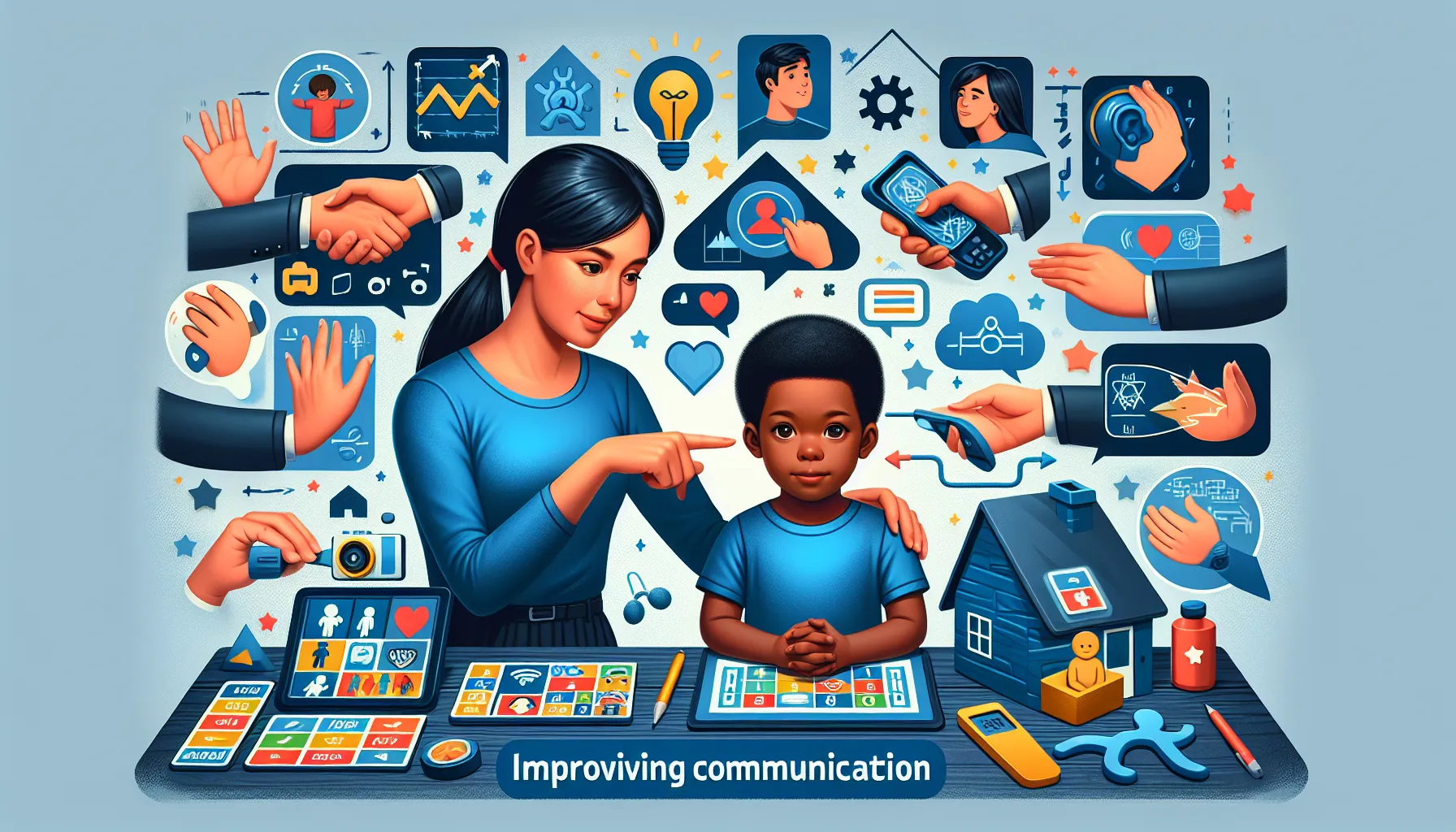




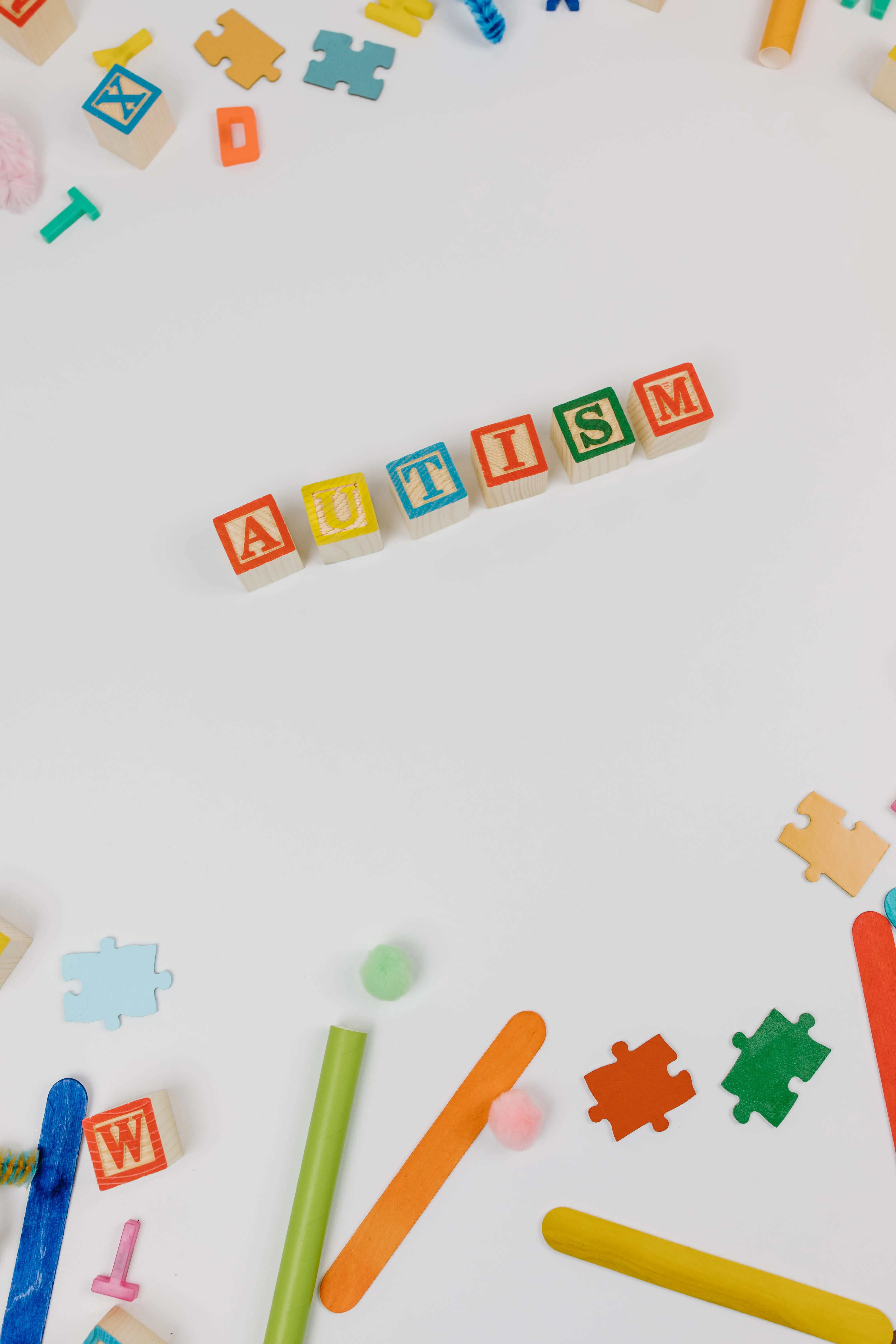




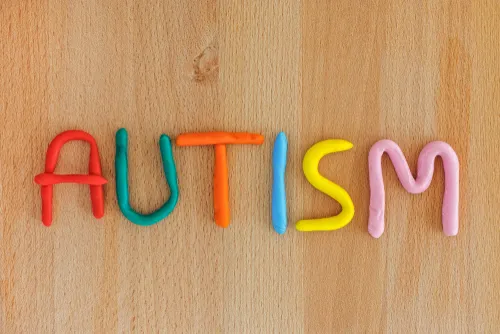



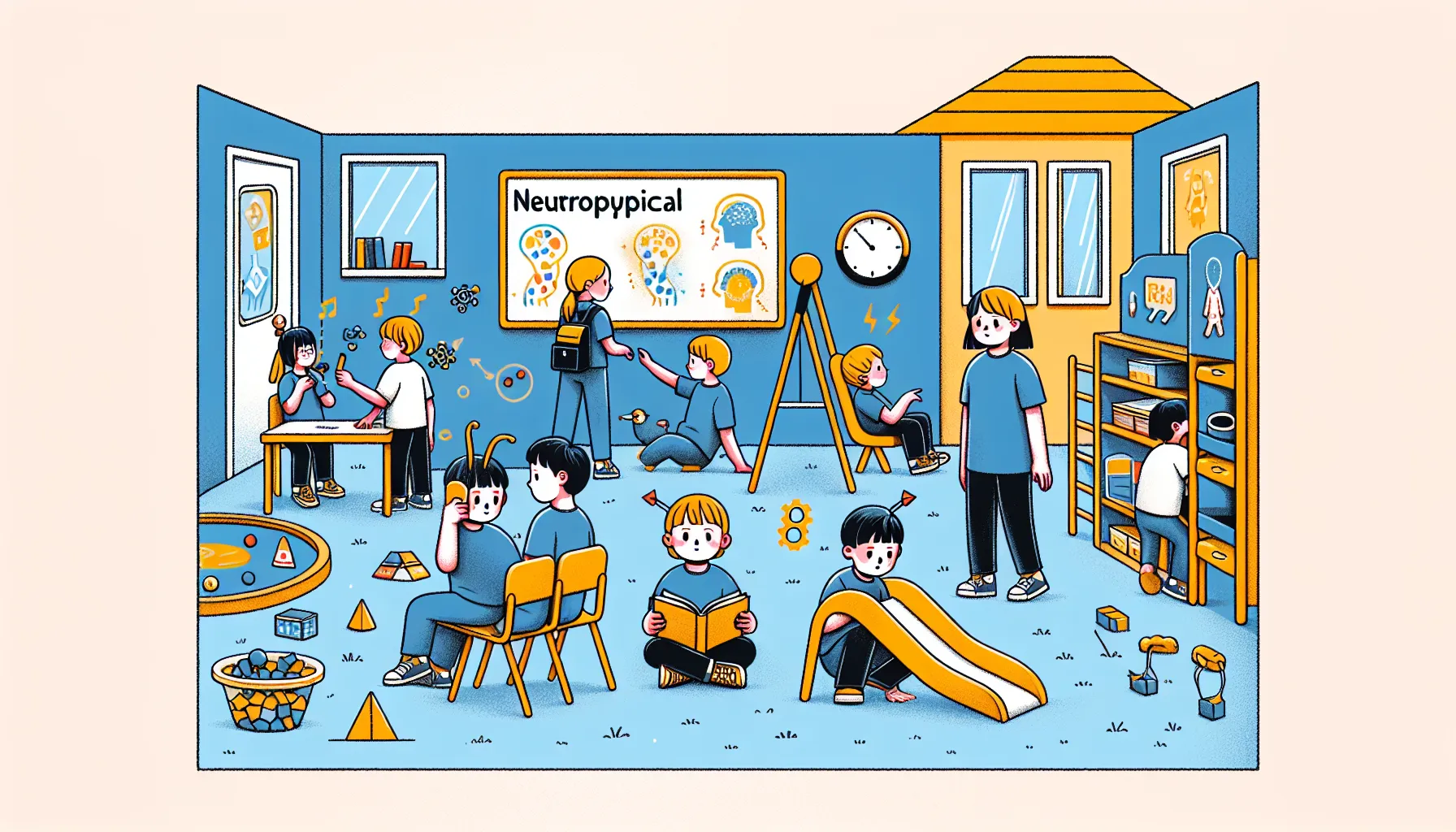



%2520(1).jpeg)

.jpeg)





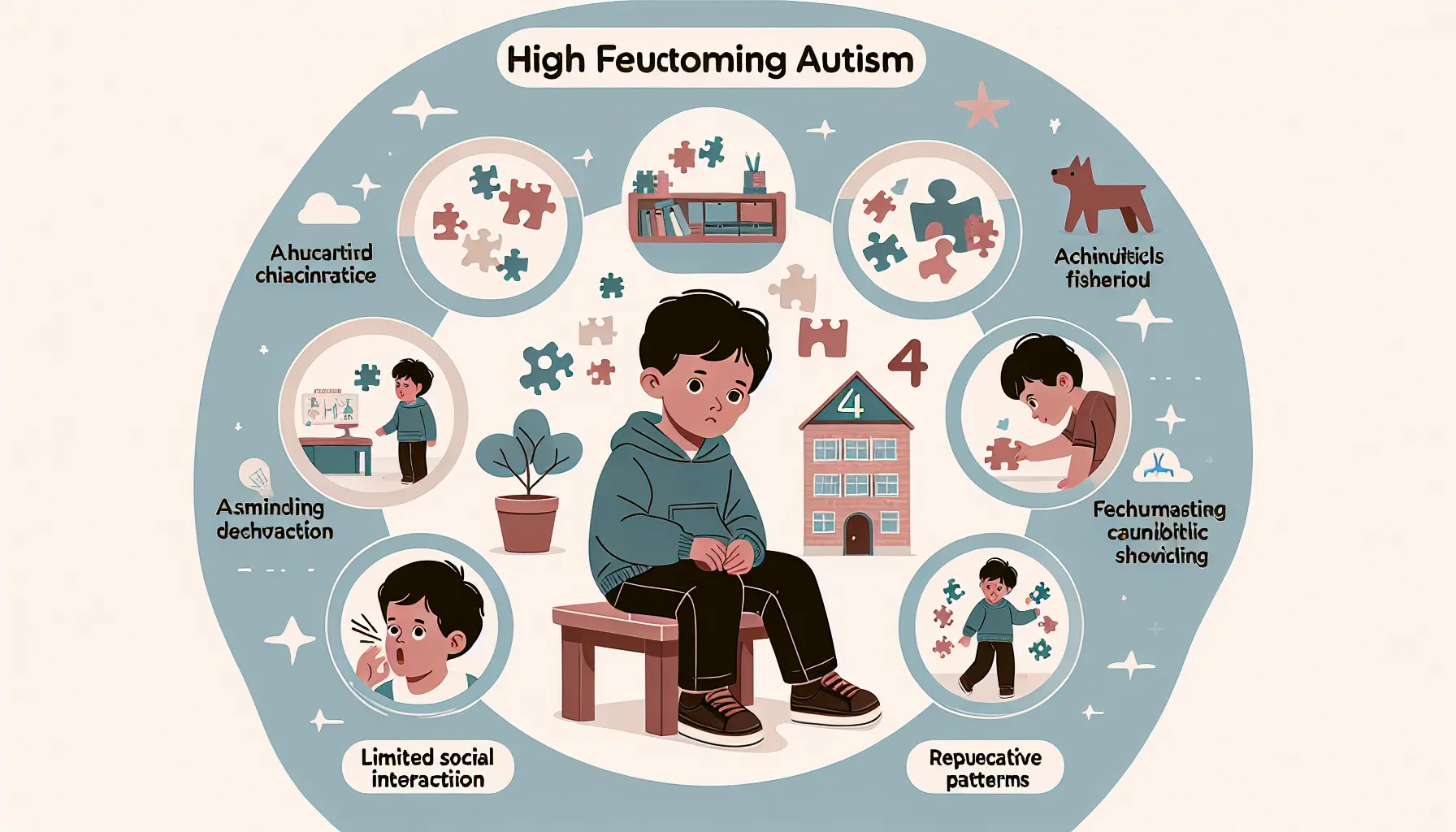

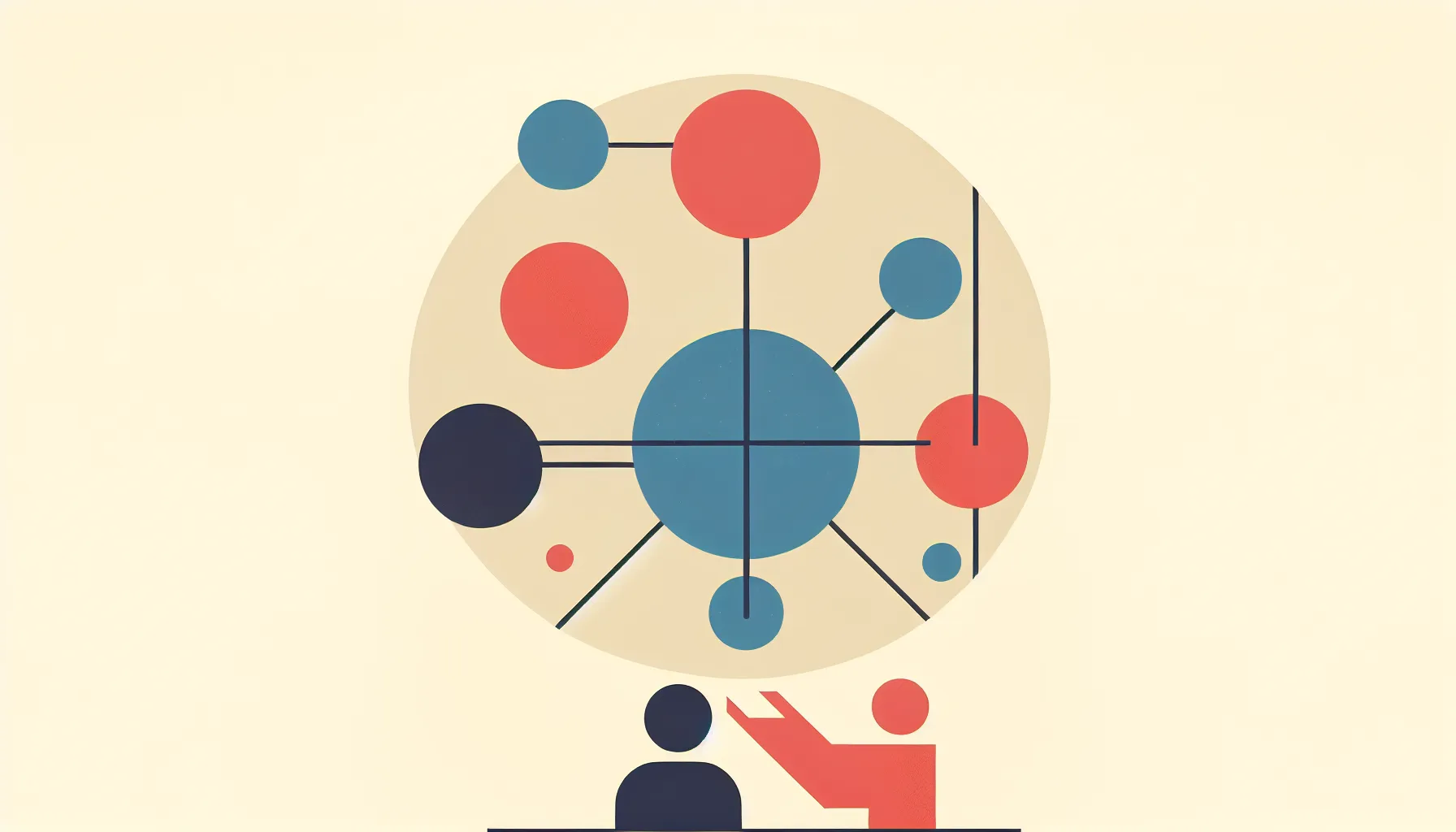




.jpeg)











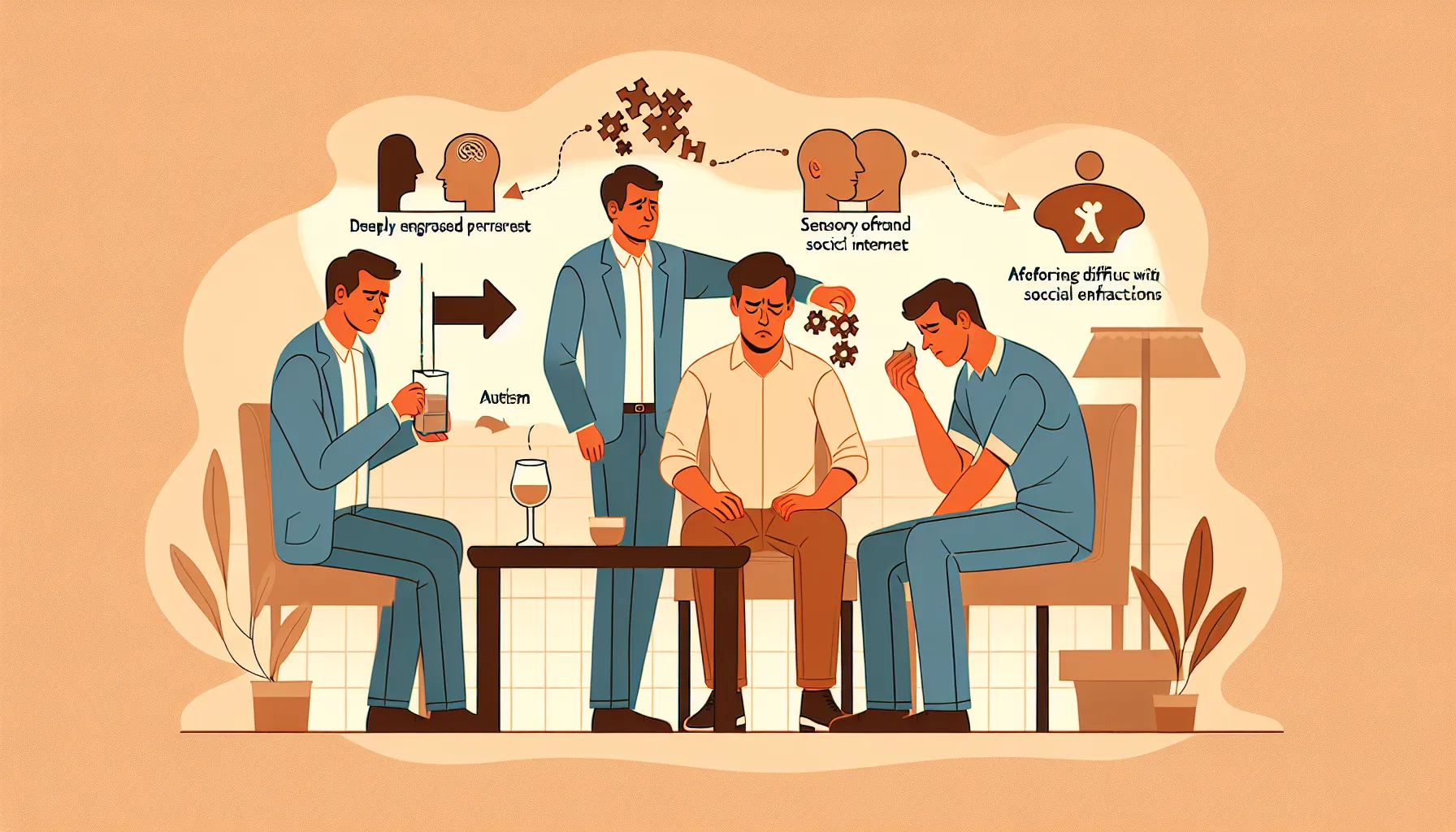

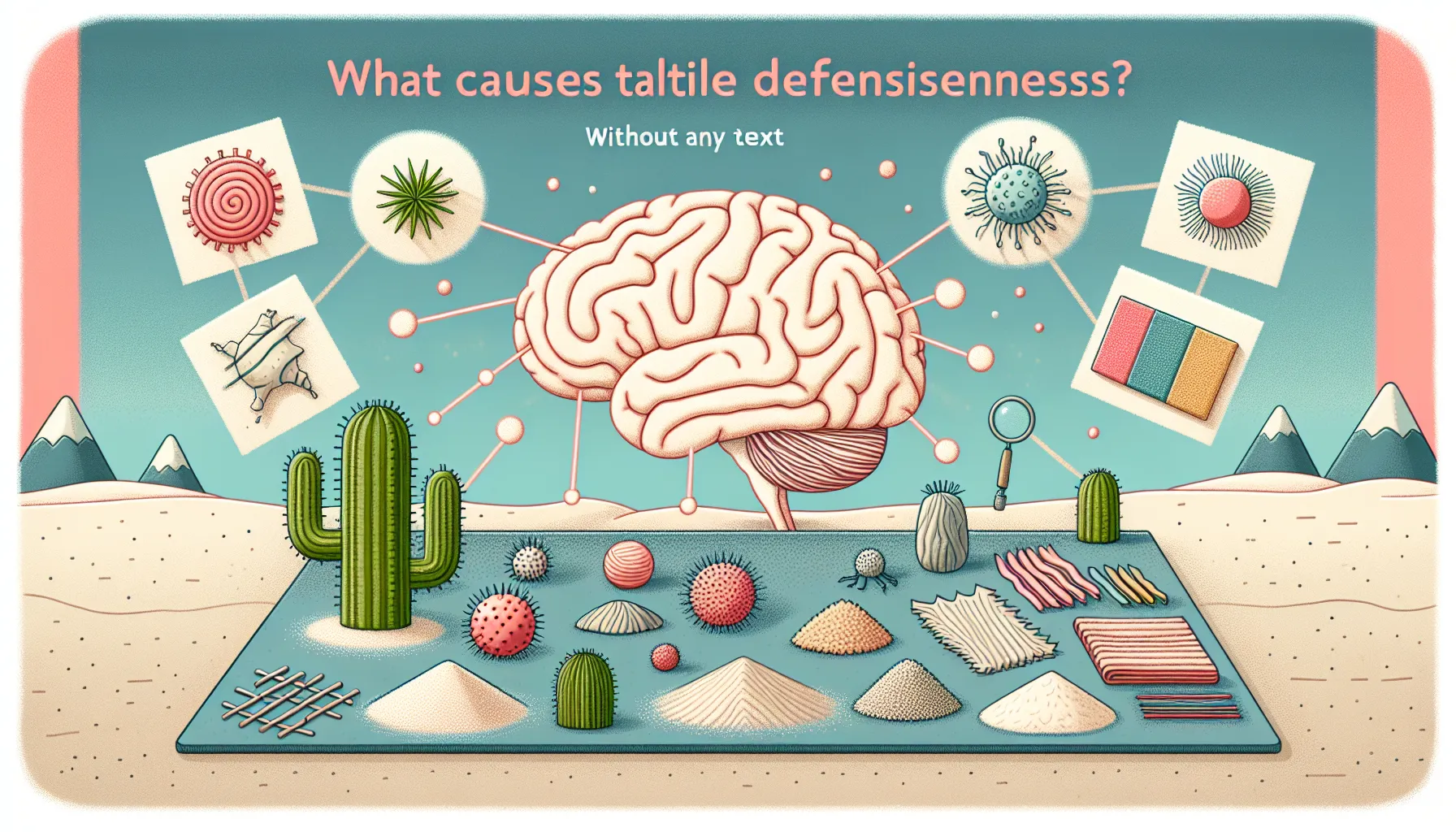





.jpeg)

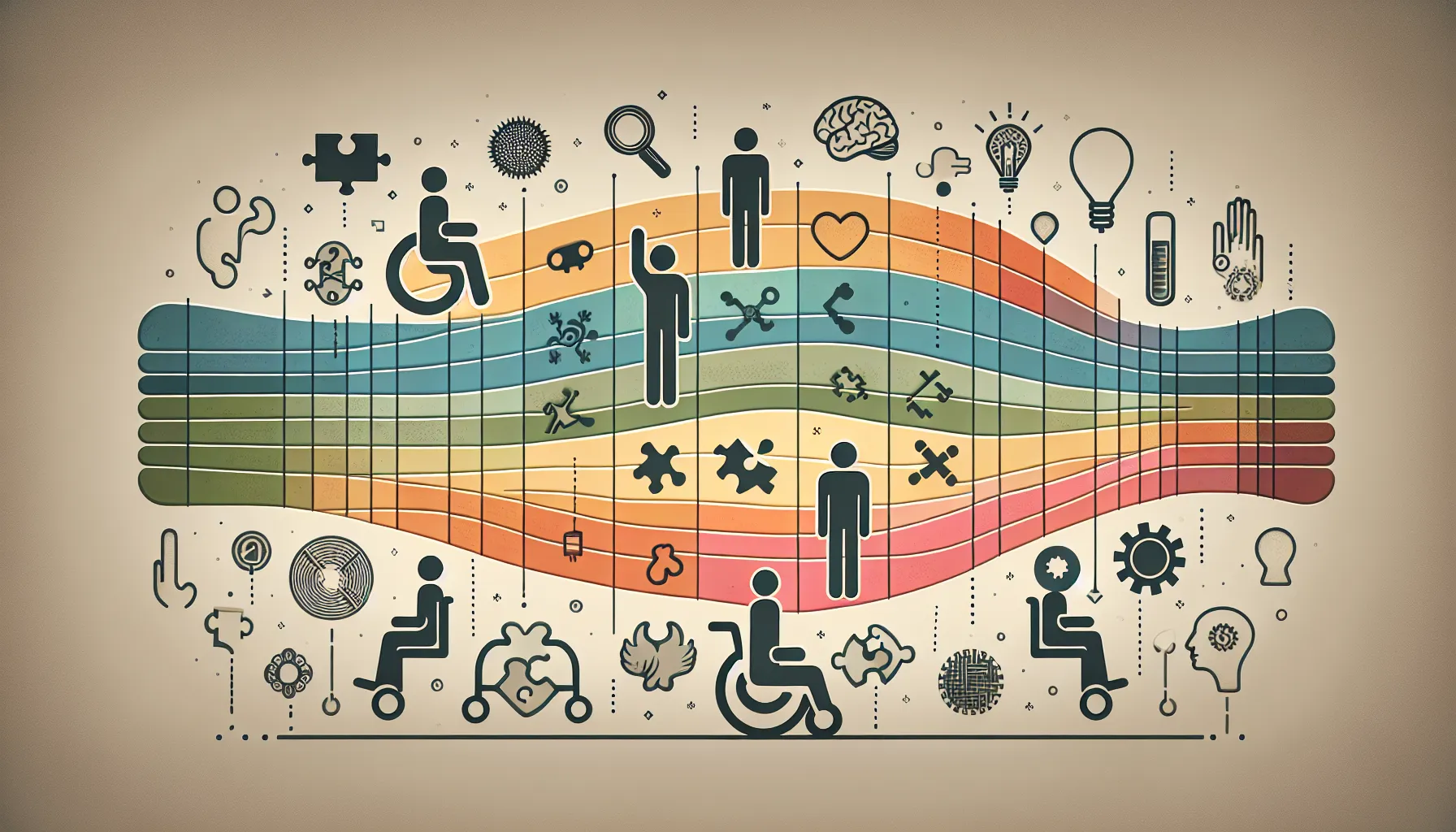
.jpeg)

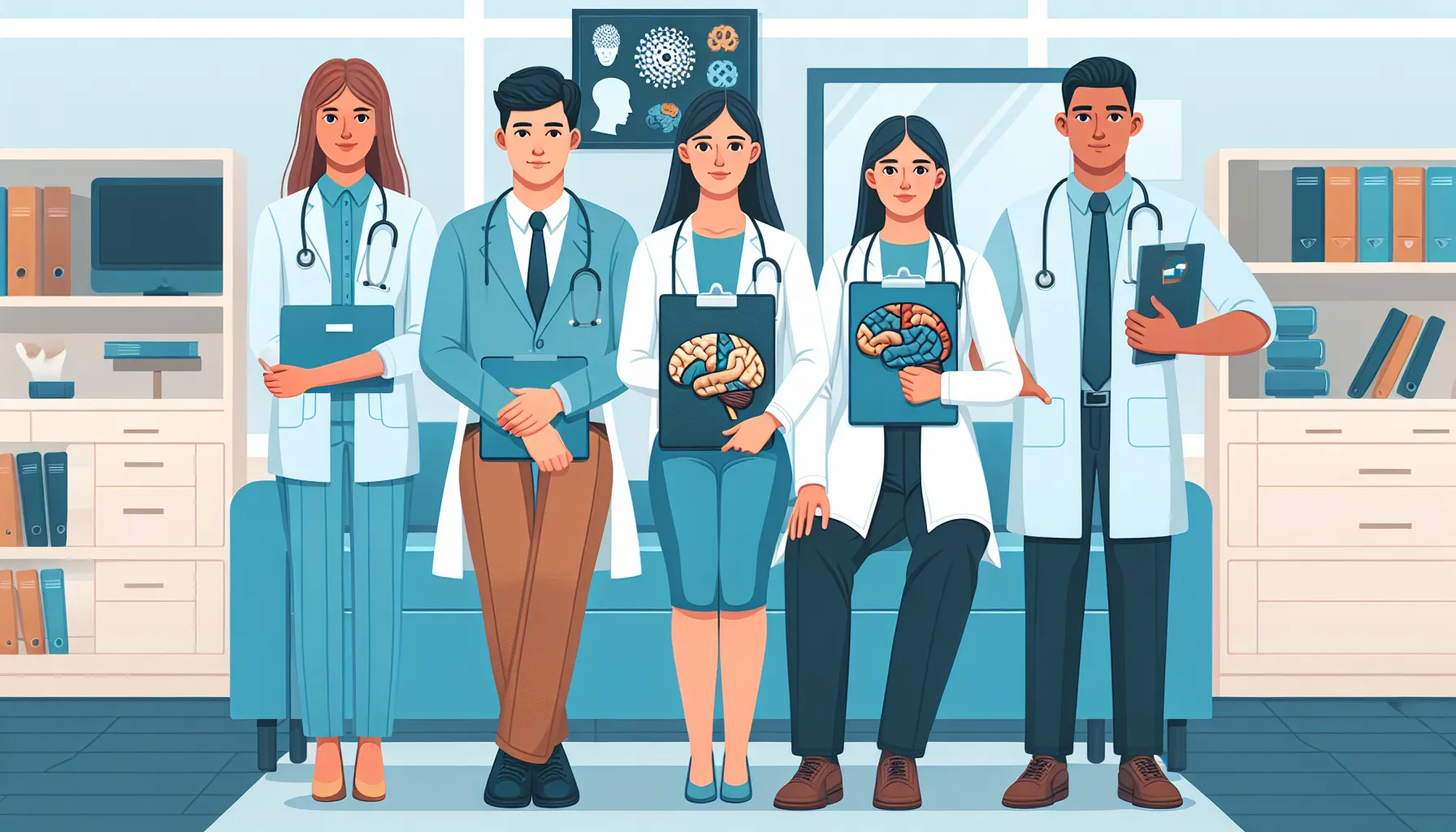
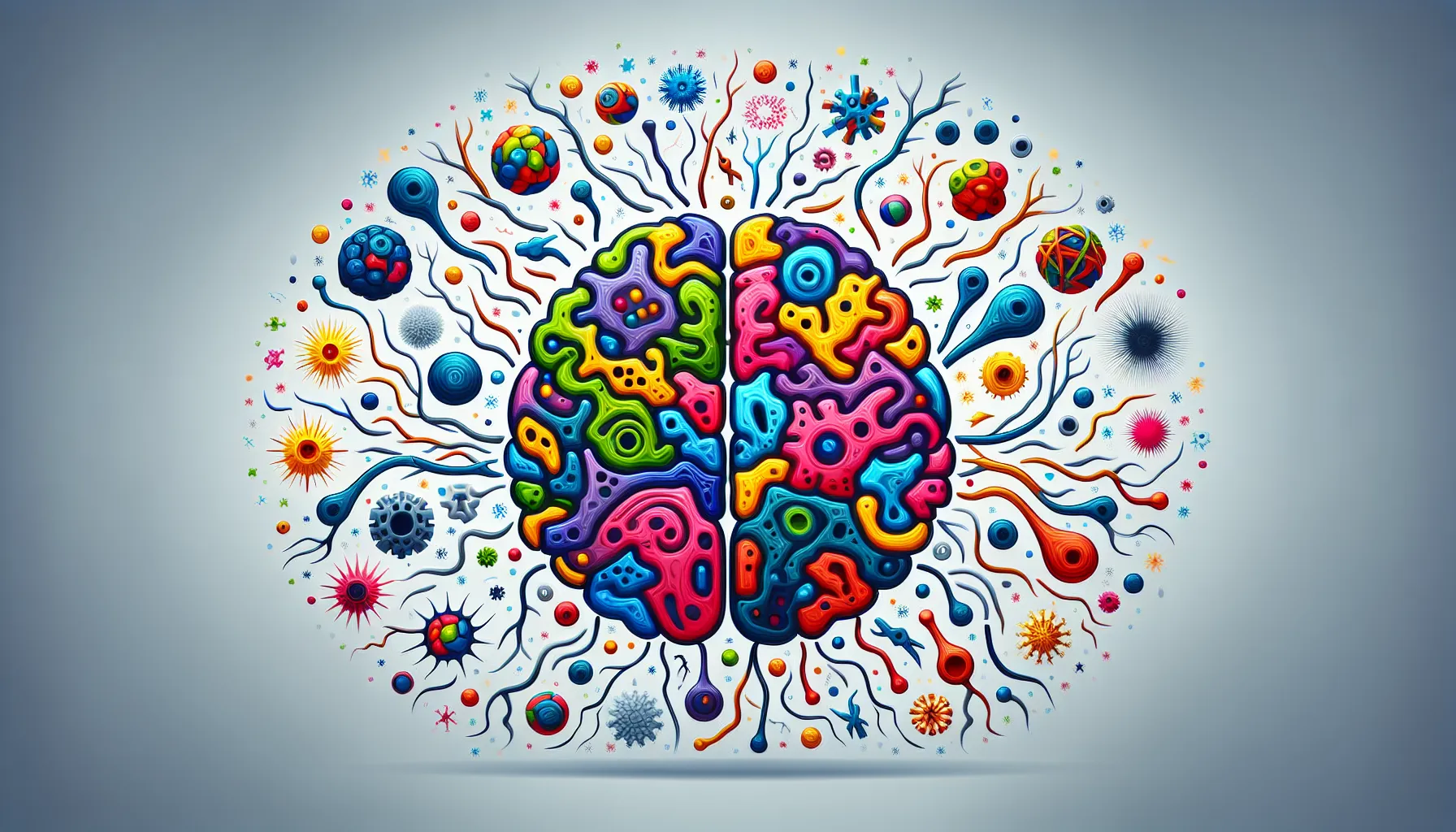
.jpeg)





